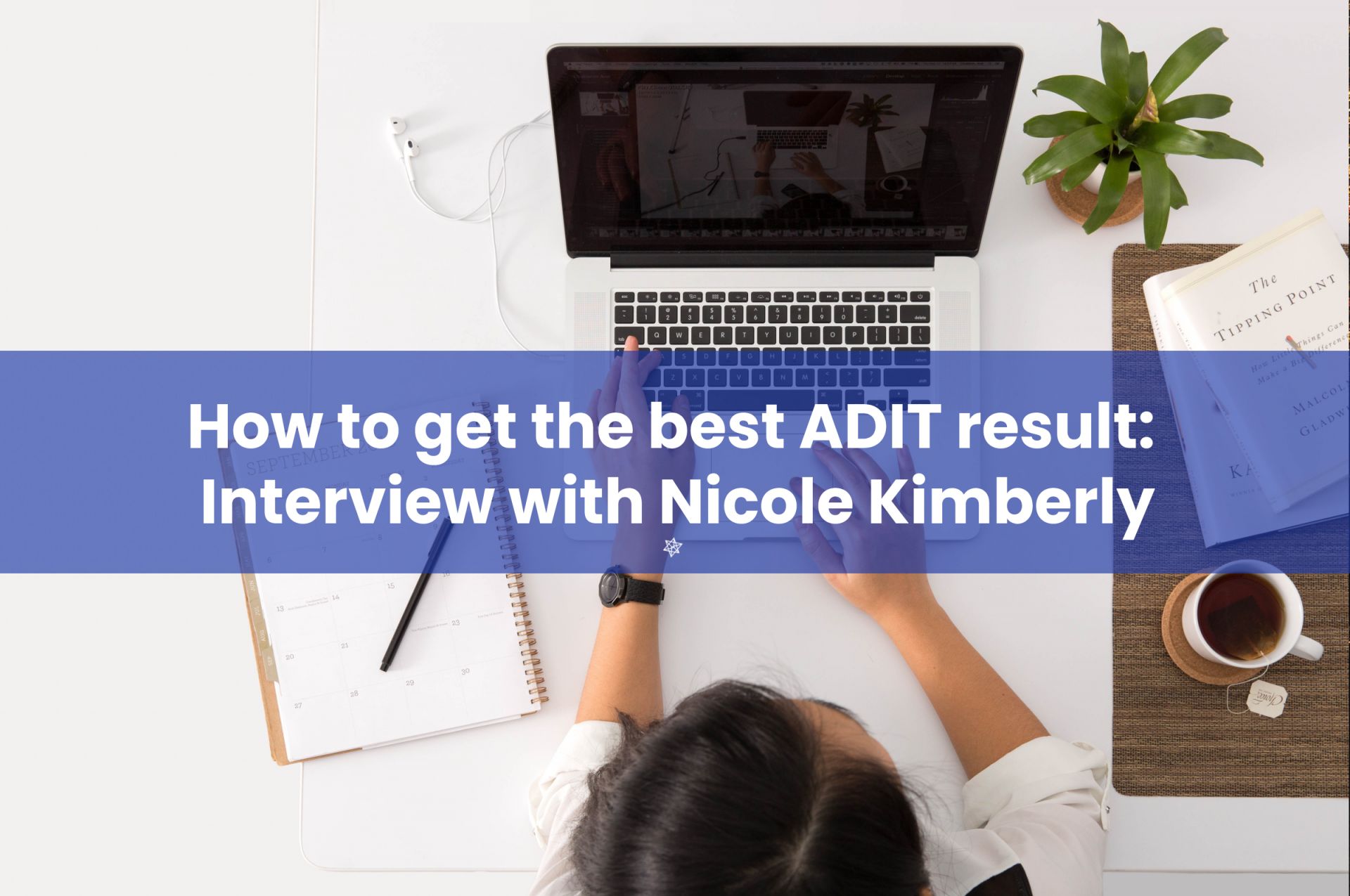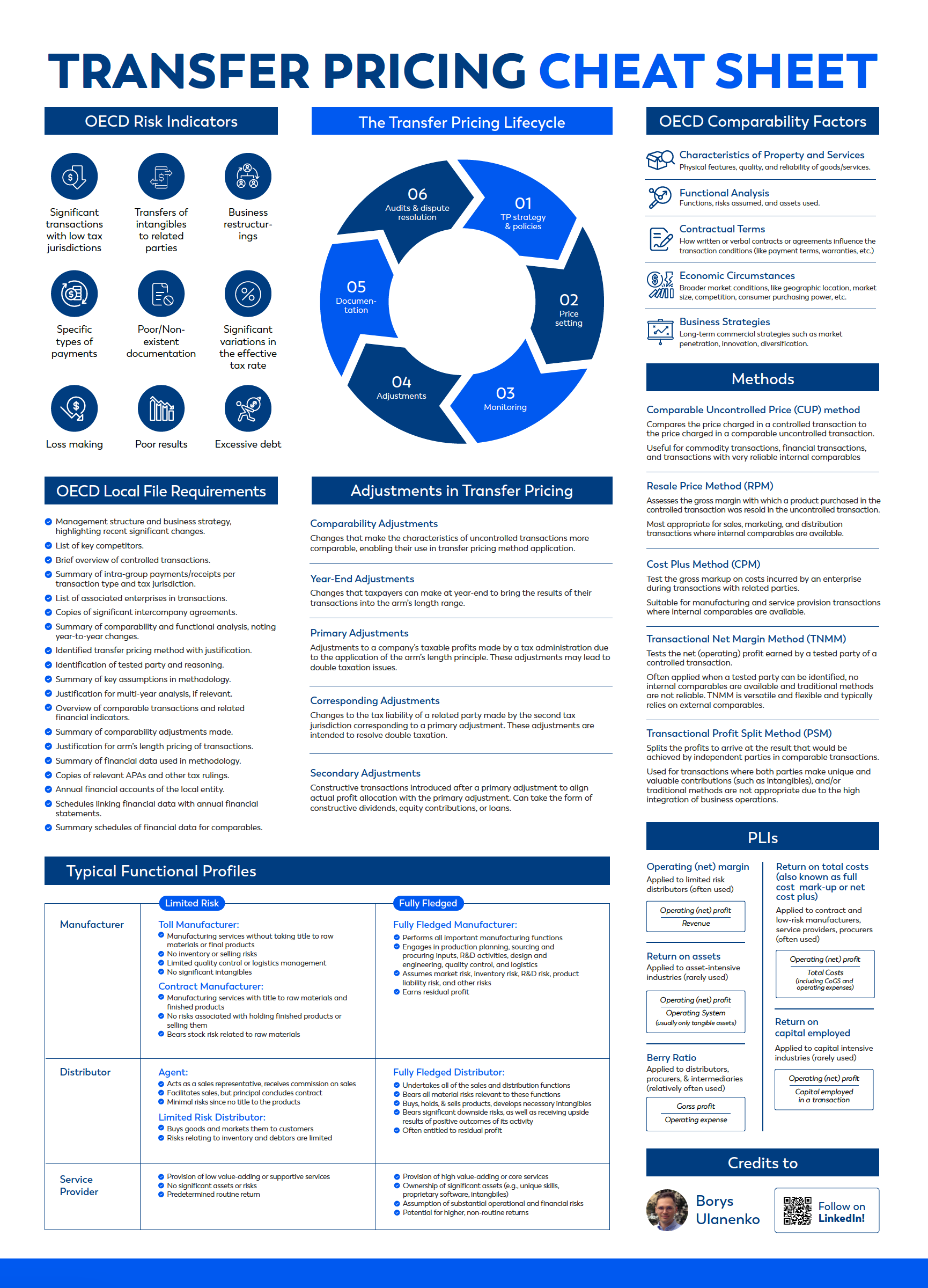How to get the best ADIT result: Interview with Nicole Kimberly
Borys Ulanenko

A few words on Nicole Kimberly
After receiving her degree in the Philippines, Nicole started her career in Big-4. Since 2016, she has worked in the corporate tax team of Deloitte Qatar, and her current role is Assistant Tax Manager. Nicole is a tax and law enthusiast, and she is considering continuing her education and gaining an LLB qualification. She started her ADIT journey in 2019 and completed three exams in December 2021. Unfortunately, Nicole doesn't have much practical transfer pricing experience, as she focuses on other areas of tax in her daily job - and it didn't prevent her from getting the best TP exam result in the world! Nicole received the Croner-i Prize for the best overall performance in the ADIT Transfer Pricing exam (December 2021 session).
• Was it your first ADIT exam?
Actually, it was my third and the last ADIT exam - I took the Principles of International Taxation in December 2019, then Upstream Oil & Gas the following year, and now transfer pricing.
• Was the Transfer Pricing exam the hardest one?
The Transfer Pricing exam was the hardest to prepare for, but it was the second one in terms of the difficulty of the exam itself. I think that Principles of International Taxation was the hardest in terms of composition, topics are very broad, while the questions asked in the Transfer Pricing exam are repeated more often. Upstream Oil & Gas was the easiest for me.
• What was your exam preparation strategy?
I believe that exam preparation technique is everything. Here are a few principles I followed:
- I focused on past papers and suggested solutions. Suggested solutions are great because they tell us what is expected from successful candidates.
- I made an inventory of past papers' questions and realised that some of the questions are repeating every session. It doesn't mean the questions are exactly the same, but the problems follow the same pattern and structure.
- I did some colour coding - I marked most often asked questions as "green", moderately asked as "orange", and rarely asked as "red".
- I focused on "green" ones - I solved typical problems from past papers, and I had all the answers written down. I memorized them really well.
- My approach to "orange" and "red" ones was lighter - I scanned through them and made sure I knew where to find answers in the permitted text (I was using Van Raad).
Essentially, I made a statistical analysis and focused on the most relevant topics. I quickly realized that delineation of the transaction, functional analysis and TP methods cover most of the questions. Then, I memorized standard answers.
• When did you start preparing, and how much time did it take?
I started preparing around October, and I spent around 10 weekends (i.e. 20 days) studying 5-6 hours a day. I also was studying during the weekdays, usually between 30 minutes to 1 hour a day. This gives around 120-150 hours of preparation in total.
I feel that it may be too much for someone who just wants to pass the exam, but I really like studying!
For more details about the textbook and the course, contact us:

We are an online educational platform that helps professionals and aspiring individuals to succeed in their goals.
Featured links
Get your free TP cheat sheet!
Discover the essential concepts of TP in one concise, easy-to-follow cheat sheet.

Thank you! Download here.
What is the EU Directive?
The EU is run by an elected EU Parliament and an appointed European Council. The European Parliament approves EU law, which is implemented through EU Directives drafted by the Commission. National governments are then responsible for implementing the Directive into their national laws. In other words, EU Directives are draft laws that then get passed by national governments and then implemented by institutions within the member states.
What is CbCR?
Country-by-Country Reporting (CbCR) is part of mandatory tax reporting for large multinationals. MNEs with combined revenue of 750 million euros (or more) have to provide an annual return called the CbC report, which breaks down key elements of the financial statements by jurisdiction. A CbC report provides local tax authorities visibility to revenue, income, tax paid and accrued, employment, capital, retained earnings, tangible assets and activities. CbCR was implemented in 2016 globally.
